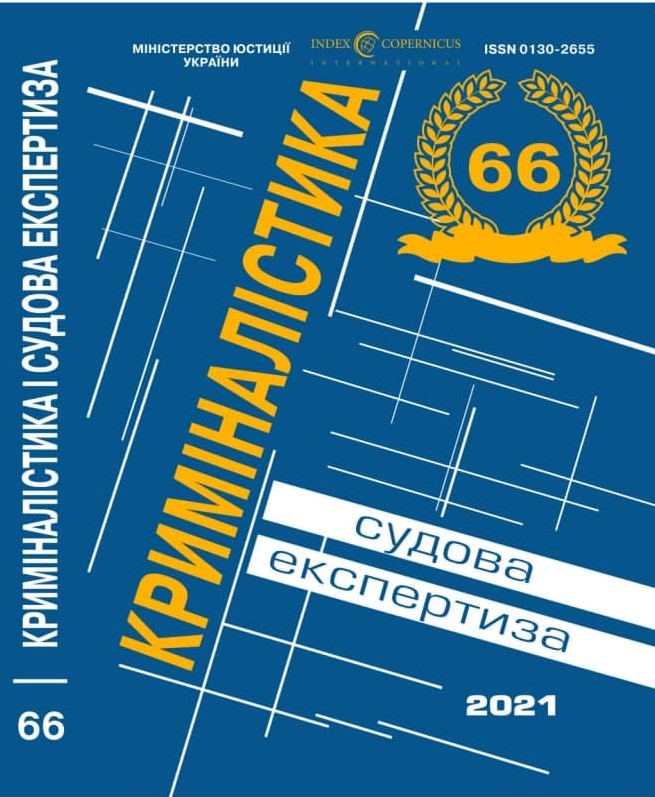
DOI: https://doi.org/10.33994/kndise.2021.66.56
O. Posilskyi, O. Savenok, I. Chaliuk, І. Burlaka
According to the requirements of regulatory documentation, there are a large number of indicators measured for asphalt concrete. Modern expert practice shows that the forensic examination of asphalt concrete although relies on the research methods specified in GOST (National Standards of Ukraine), but requires its optimization.
Carrying out field research at the objects of the road network, regulates the methodology, sequence and rules for measuring and taking samples of the road surface for laboratory tests.
The main stages of research at the objects of the road network:
I. Preparation for field research.
II. Identification of the object on the ground.
III. Inspection of the object of study in order to establish the characteristics and boundaries of the work.
IV. Fixation (photo-video shooting, topography) of the performed works.
V. Carrying out measurements of the volume of completed construction work.
VI. Sampling.
VII. Recording the results of research.
VIII. Conducting laboratory tests.
In turn, laboratory tests have the following main stages:
I. Photo of packaging, photo of samples (center marks or cuttings).
II. Numbering (marking) of research objects.
III. Measuring the thickness of the center marks layers.
IV. Mechanical separation of center marks or cuttings into layers.
V. Washing objects and drying it to constant weight.
VI. Determination of the average density of asphalt concrete.
VII. Determination of water saturation.
VIII. Making a pooled sample.
IX. Determining the amount of astringent.
X. Determination of the grain composition of the mineral part of the mixture.
XI. Determination of the actual density of the mixture by pycnometric method (for RMACM).
XII. Determination of residual porosity (for RMACM).
XIII. Reshaping of samples (for HACM).
XIV. Determination of the average density of reshaped samples.
XV. Determination of water saturation of reshaped samples.
XVI. Determination of compaction coefficient.
XVII. Determination of compressive strength.
The expert practice of the authors in this article made it possible to transform the stages of forensic examination of asphalt pavements so that the effectiveness of such examination has increased.
The proposed methodology, sequence and rules of field research on the objects of the road network in terms of sampling of pavement and subsequent laboratory tests of these samples, enable experts to provide a qualitative and objective conclusion.
Key words: asphalt concrete, selection of asphalt concrete, laboratory researches of asphalt concrete, construction and technical examination, examination of materials, substances and products.










